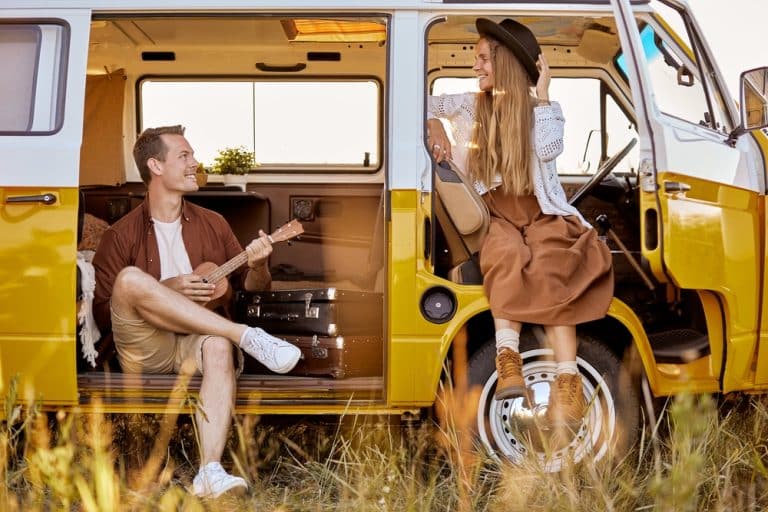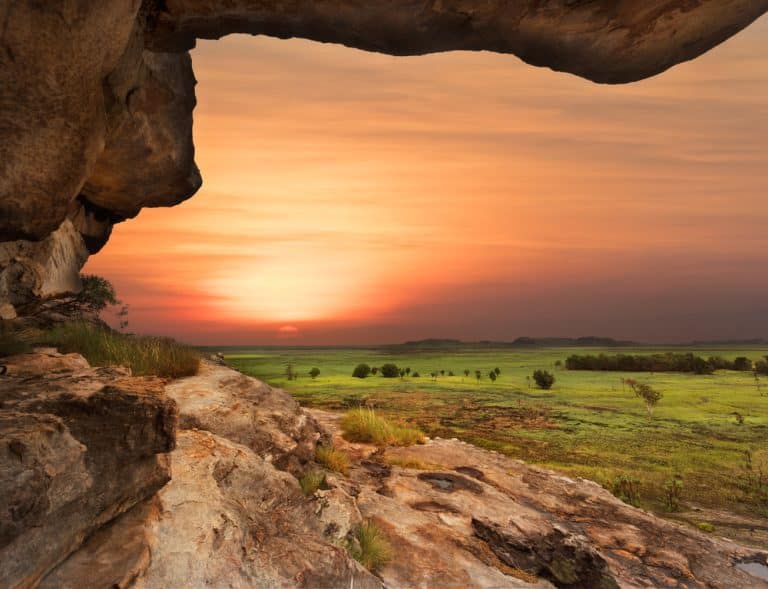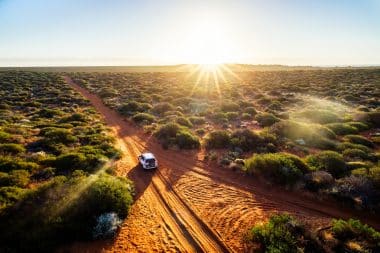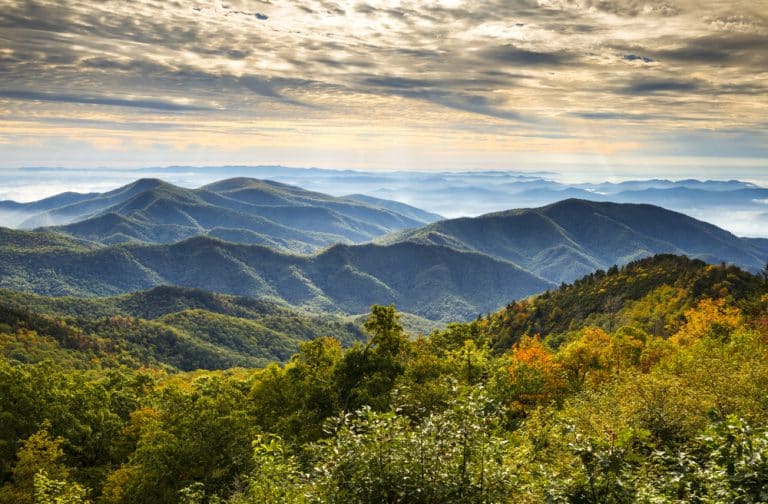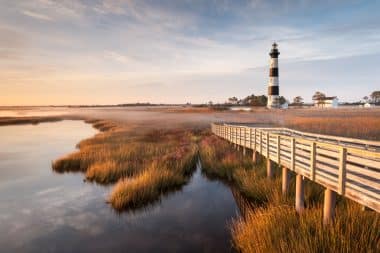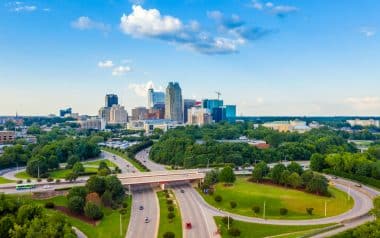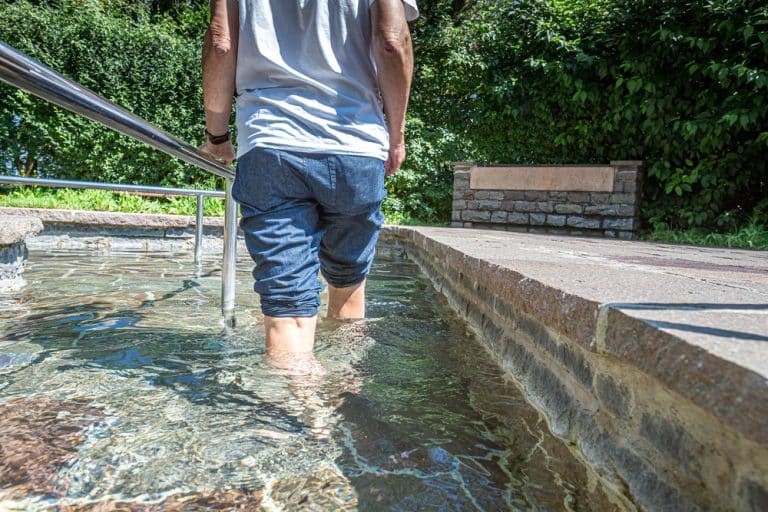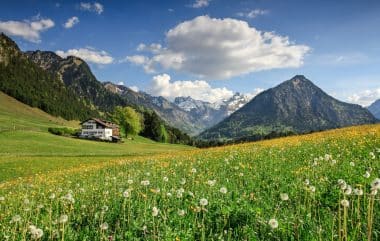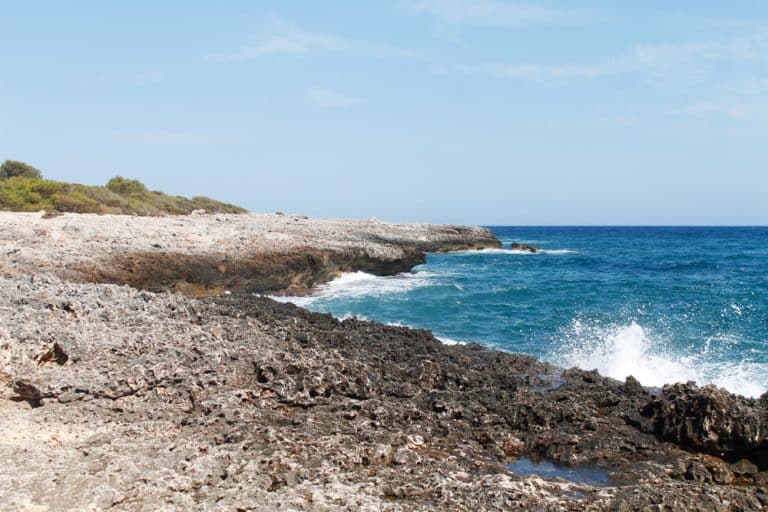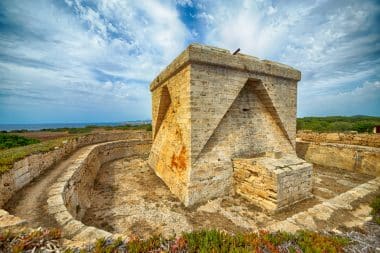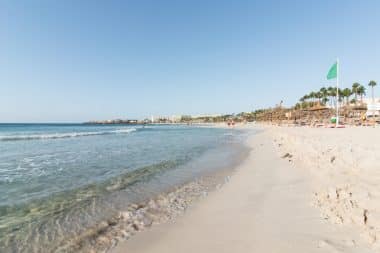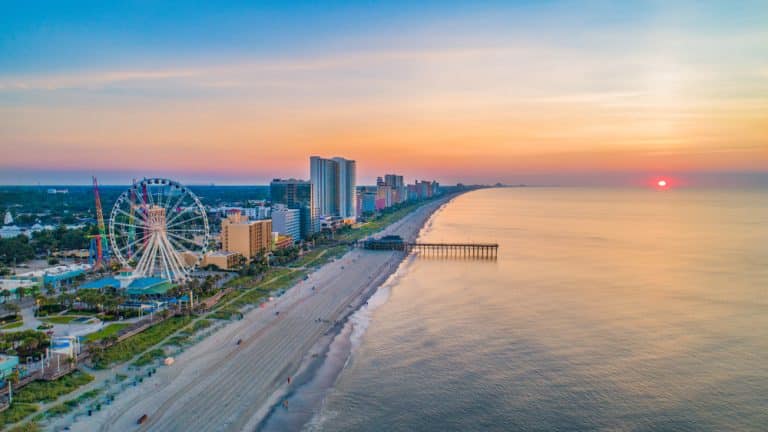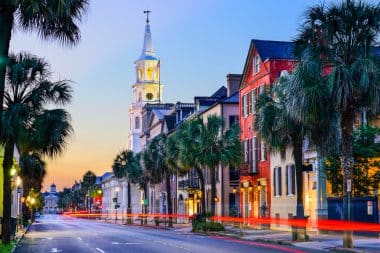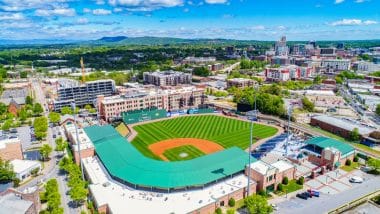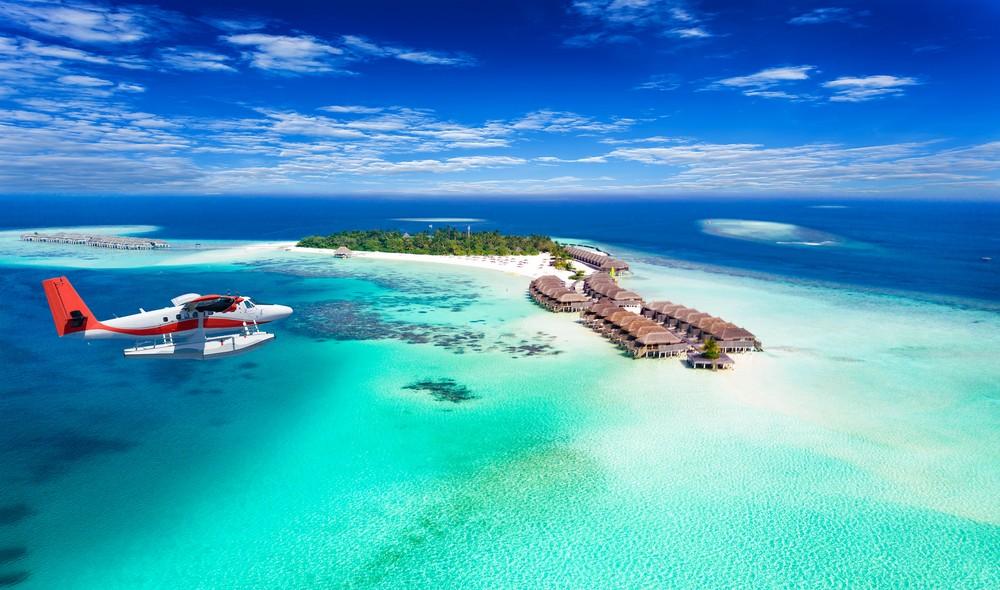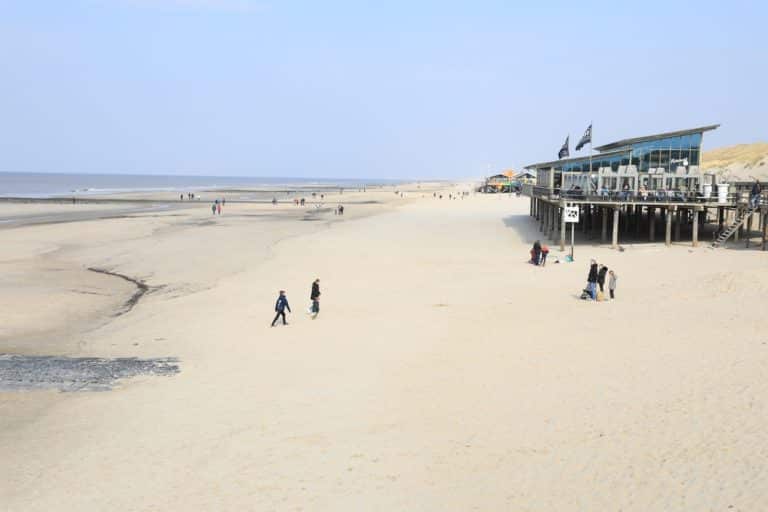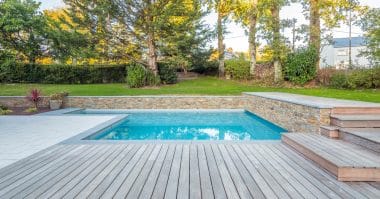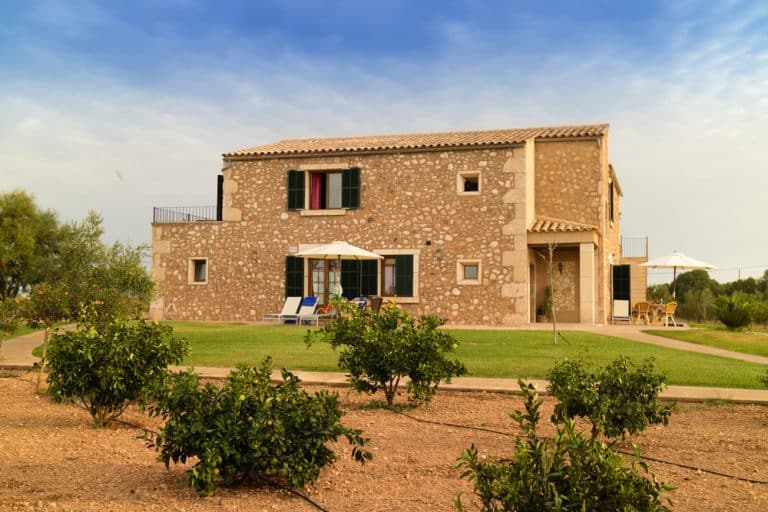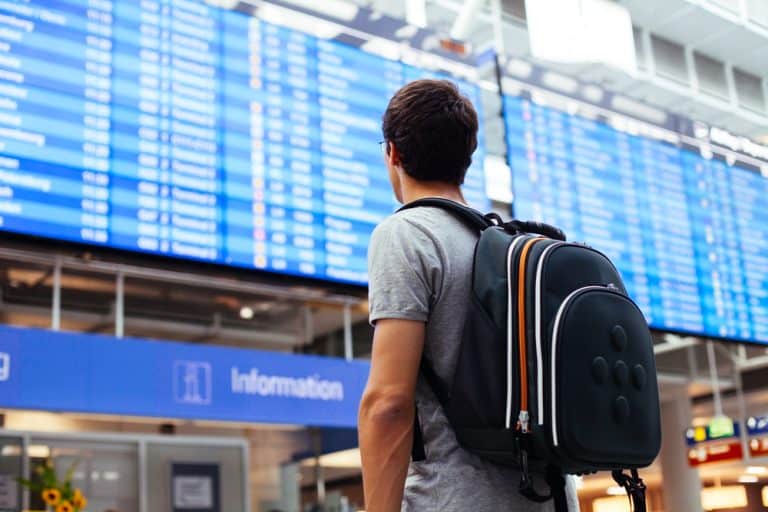Even though the citizens of the Netherlands are present with their camping vans, especially in summer, there are actually no two opinions about the Germans being the world champions in the field of camping. While part of the population travels far away and settles on the beaches of Spain, Turkey or Greece, just as many German holidaymakers enjoy the charm of their homeland. For many people, camping holidays are above all a bit of freedom and are often the cost-effective alternative to travelling abroad. However, if you want to immerse yourself in the exciting world of camping, you should prepare your holiday accordingly.
Choosing the right place for camping
The choice of a camping location can not only determine the quality of the holiday, but above all what infrastructure is available. Those who simply set off into the mountains with a tent and travel bag will of course enjoy different comfort than the holidaymakers on the many paved campsites in Germany. Where the caravan becomes a well-fortified supermarket, every square centimetre of your own equipment must be cleverly planned and organised on a tour with a tent and sleeping bag. These are the biggest challenges that await you when preparing for a camping trip.
When it comes to outdoor camping , good accommodation is important as a basis. Which backpack, sleeping bag and tent best meets your own requirements can usually be answered by a specialist retailer. The only important thing is that you are familiar with all eventualities and that you are also prepared for the weather to behave differently than you have in mind when planning the trip. Of course, this also applies to the clothing chosen for the trip.
From the first-aid kit to the right food

Whether outdoor camping or a leisurely trip in your own motorhome, whether camping on the campsite or in the great outdoors – the eventualities already mentioned should not be forgotten when planning. On few occasions the saying “It always turns out differently than you think” is more appropriate than when traveling in the great outdoors. Therefore, it is also important that there is not only enough equipment for a quiet night, but in the best case also equipment for emergencies:
- The first-aid kit should contain everything from the classic headache pill to the anti-allergy drug that might be needed, even if only in rare cases.
- A guaranteed power supply is also important for camper vans and a mechanical defect is not uncommon. A corresponding emergency generator not only protects the supplies in the refrigerator, but also allows small and large repairs even in seclusion.
- Anyone who embarks on the adventure of wilderness naturally goes on the journey with corresponding fantasies in their heads. Eating around the campfire and a sleep rhythm with sunrise and sunset. However, since nature does not always want to bend, basic equipment such as a gas stove would be appropriate in any case if you can’t find fresh firewood.
In general, it can make sense to be a bit fatalistic when planning your own camping trip. Assuming that the bad things are more likely to happen may contradict the typical optimist, but it ensures good preparation for the trip. While a generator for the emergency power and gas stove can be easily accommodated in the camping van (but should always be easy to hand), you have to plan a little more time in the organization when traveling with a backpack and tent. But that is a large part of the appeal associated with the adventure in nature.
And what else belongs in the backpack?
When it comes to catering, you are of course again particularly dependent on your own environment. Since the snack bar at the campsite can usually protect against acute starvation, it is again mainly an issue for those who are looking for a way into nature. In general, one should not assume that nature will find its way to fill the stomachs of campers. Fishing, picking berries or even hunting may sound romantic, but in practice they are often a bit more complex than you imagined.
Opinions differ a little on the question of what the right food is. While canned ravioli or even a good piece of meat can be brought along at the right temperatures, more and more campers are turning to outdoor meals. These usually only need to be topped up with water or milk and offer high-calorie meals for almost every taste. The military’s supply packs have also become popular in recent years and offer a little adventure once again. The only important thing is that you are sufficiently supplied here and that the rations have not been calculated too tightly for the adventure.
All in all, it depends on a mixture of good preparation and good equipment. Sturdy shoes are actually the standard for every camper, as are a few extra socks for dry feet. With the emergency first-aid kit, you are also protected against the swarm of mosquitoes in summer and, in case of doubt, you can also treat one or two scratches that could have occurred in the heat of the hike. In the end, however, you also have to be able to carry the packed equipment. Especially if you are going on a camping trip in nature, it is therefore advisable to take a test with the planned equipment. A trip to the forest or the nearby mountains for an overnight stay gives you a feeling for whether you really feel safe and well equipped and gives you some options for optimizing your own backpacks.


